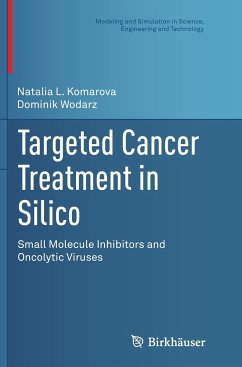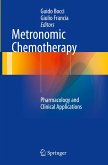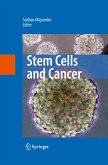Countless medical researchers over the past century have been occupied by the search for a cure of cancer. So far, they have developed and implemented a wide range of treatment techniques, including surgery, chemo- and radiotherapy, antiangiogenic drugs, small molecule inhibitors, and oncolytic viruses. However, patterns of these treatments' effectiveness remain largely unclear, and a better understanding of how cancer therapies work has become a key research goal. Cancer Treatment in Silico provides the first in-depth study of approaching this understanding by modeling cancer treatments, both mathematically and through computer simulations.
The main goal of this book is to help expose students and researchers to in silico methods of studying cancer. It is intended for both the applied mathematics and experimental oncology communities, as mathematical models are playing an increasingly important role to supplement laboratory biology in the fight against cancer. Writtenat a level that generally requires little technical background, the work will be a valuable resource for scientists and students alike.
The main goal of this book is to help expose students and researchers to in silico methods of studying cancer. It is intended for both the applied mathematics and experimental oncology communities, as mathematical models are playing an increasingly important role to supplement laboratory biology in the fight against cancer. Writtenat a level that generally requires little technical background, the work will be a valuable resource for scientists and students alike.
From the reviews:
"The intended audience includes advanced undergraduate and graduate students in applied mathematics as well as in the field of biology with a special interest in oncology. It could serve as a guide to scientists and researchers in the field of oncology and therapeutics. ... This is the first in-depth study of mathematical and computational approaches used to understand cancer therapies. The crisp language, well-structured chapters, and precise examples are the highlights of this book." (Parthiv Amin, Doody's Book Reviews, March, 2014)
"The intended audience includes advanced undergraduate and graduate students in applied mathematics as well as in the field of biology with a special interest in oncology. It could serve as a guide to scientists and researchers in the field of oncology and therapeutics. ... This is the first in-depth study of mathematical and computational approaches used to understand cancer therapies. The crisp language, well-structured chapters, and precise examples are the highlights of this book." (Parthiv Amin, Doody's Book Reviews, March, 2014)








